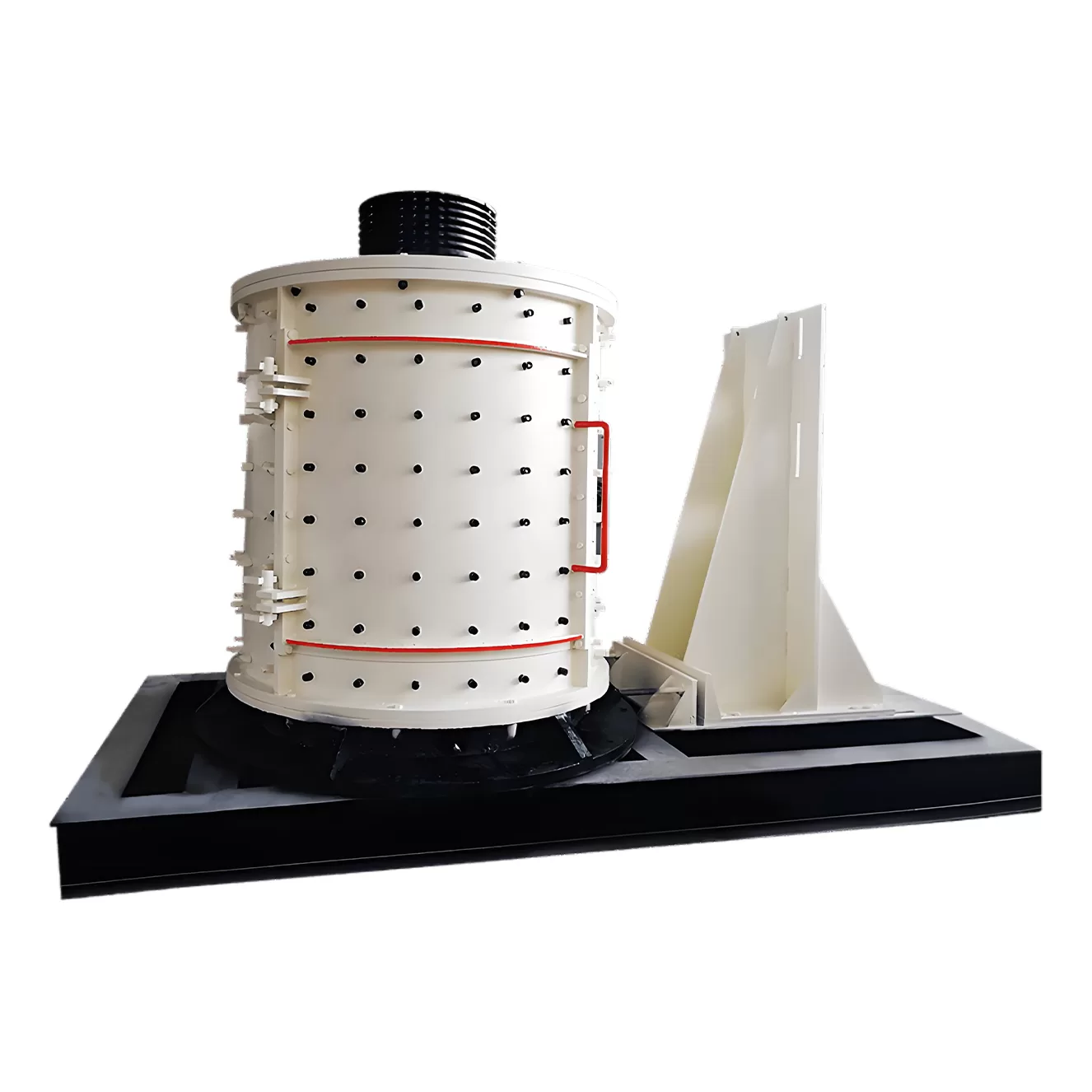全站搜索
Buscar en todo el sitio web
Buscar en todo el sitio web
Compound crusher is the newly developed equipment by combining sand making machine and the crushing principle of impact crusher.
A compound crusher, also called vertical compound sand maker, is a double-rotor primary impact crusher. The compound crusher is an ideal machine for crushing high-moisture and viscous materials, commonly used in small-scale crushing and sand production lines.
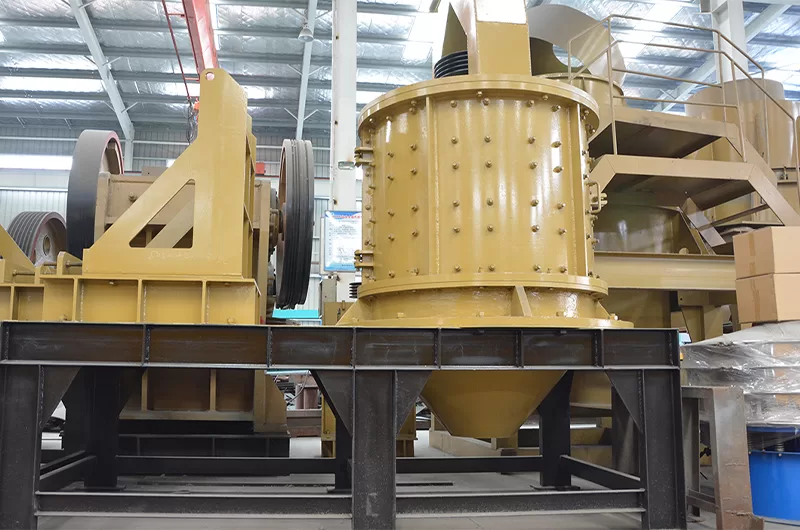
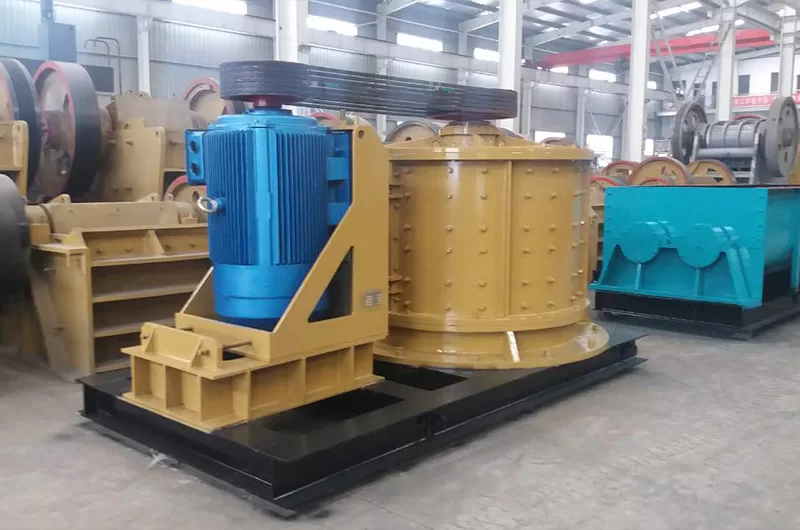
Compound Crusher is used in mining, metallurgy, construction, and coal industries, especially for the production of clinker and aggregates in small and medium-sized cement plants.
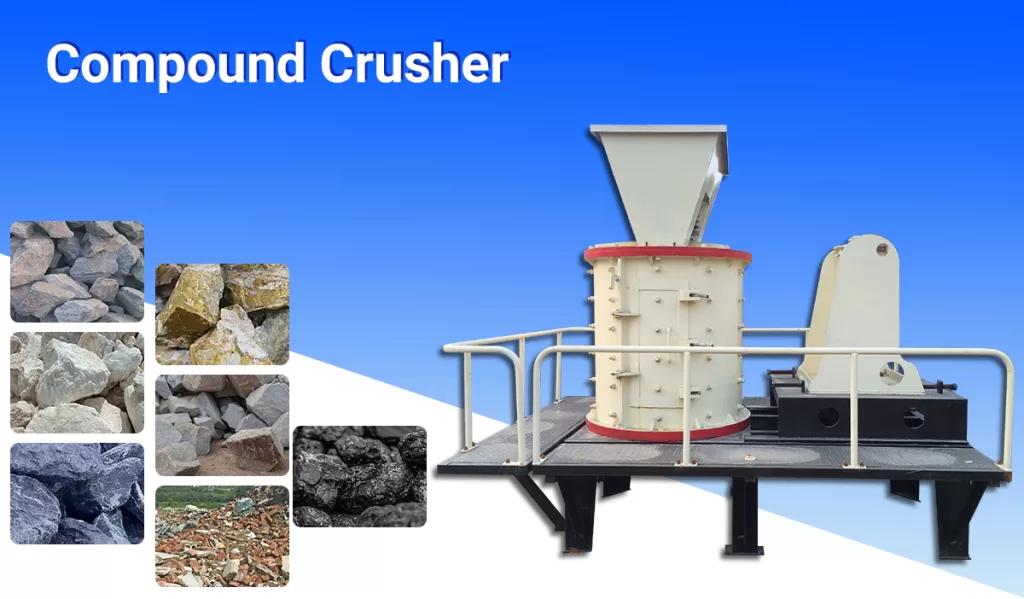
This compound cone crusher has both primary and secondary crushing functions. With large crushing ratio, compound stone crusher can refine the material of 100-240mm to small particles below 3-5mm . The gap between hammer head and impact plate can be flexibly adjusted.Designed with gridless structure, it is not easy to be clogged when dealing with materials containing a lot of slurry. Long bearing life and horizontal arrangement enables it to handle high temperature materials such as cement clinker. Low noise level of 75 decibels (dB) during operation and effective control of dust pollution. The wearing parts are made of special alloy material, which combines high hardness and toughness and multi-element alloy wear resistance, extending the service life to 2-3 times. The rear chamber is equipped with a screw or hydraulic pressure opener, which greatly facilitates the replacement of wearing parts.
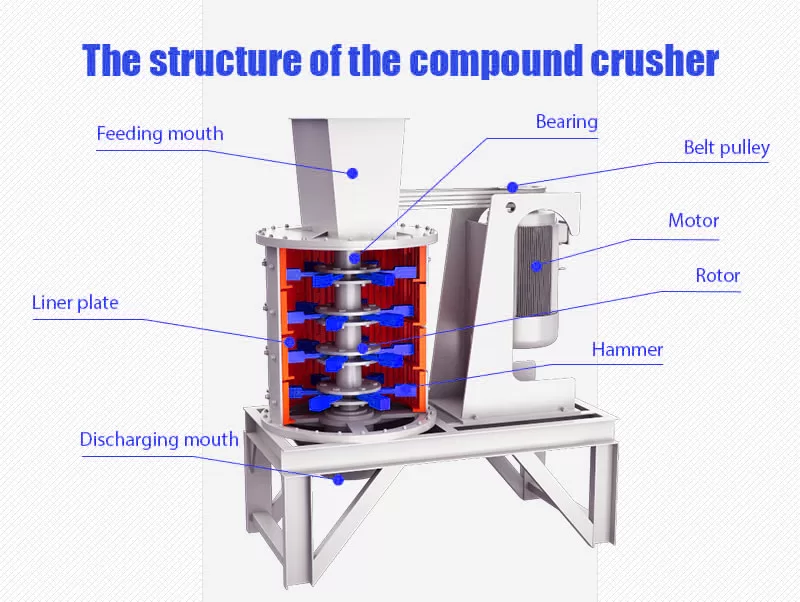
The vertical compound crusher machine is mainly composed of the crushing system (rotor, bearing, liner, hammer), transmission system (motor, pulley), in-and-out mouths, and other parts. Among them, the crushing system is the easy-wearing component, which is mainly introduced for you.
The flat hammer is a vulnerable part of the crusher, installed on the rotor. They break the material by striking it repeatedly.
The hammer head is made of wear-resistant alloy steel or bimetal thermal compound material and the weight is generally between 9-36 kg.
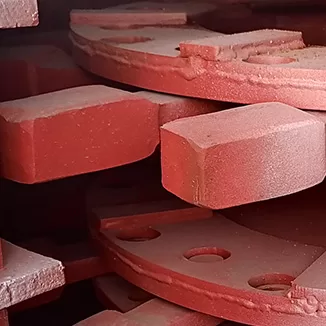
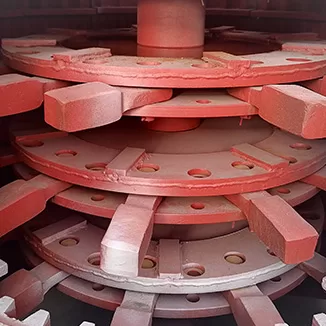
The rotor is a key part installed vertically in the crusher and is made of solid cast steel. The rotor circumference is equipped with hammers with adjustable clearance, responsible for high-speed rotation.
The rotor has a special structure that won’t be worn once crushed. The speed and rotation direction of the rotor affect the crushing efficiency.
The liner plate refers to the wear-resistant plate inside the crushing chamber, which plays the role of grinding materials and protecting the cylinder from wear.
The special casting and heat treatment process makes the liner have good impact resistance.
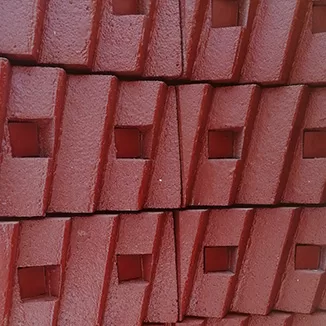
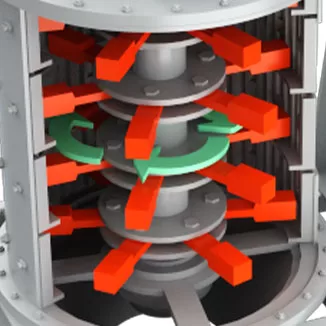
The bearing assembly supports the rotation of the rotor and is critical to the smooth operation of the crusher.
Generally, double-row radial spherical roller bearings are selected, which have strong bearing capacity and good self-aligning performance.
The material in the upper part of the machine perpendicular drops into the high speed rotating impeller,and under the high speed centrifugal force, it produces high speed impact and comminution with the other part of the material which distributes in the shape of umbrella around the impeller vertical composite crusher. The impeller and the housing will be crushed by swirl impact and friction between the impeller and the housing for many times, which will be discharged directly from the bottom, forming a closed circuit multiple cycles, and controlled by the screening equipment to achieve the required product size.
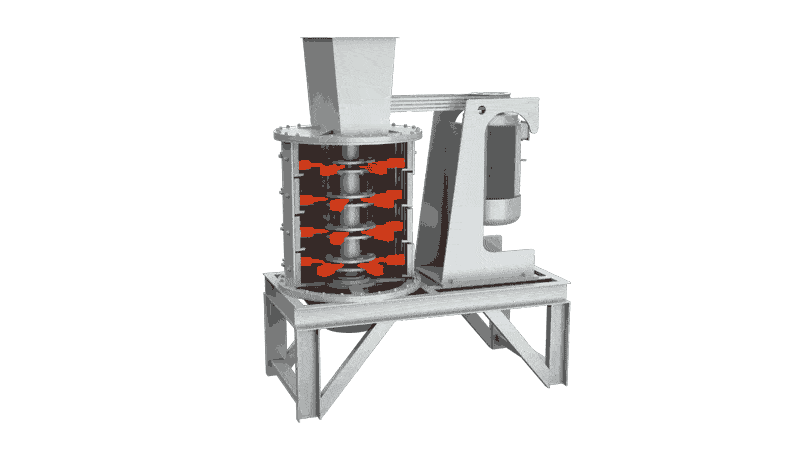
| Specification | Processing Capacity(t/h) | Motor Power(kw) |
| 800 | 5-15 | 4p 30kw |
| 1000 | 10-30 | 4p 55kw |
| 1250 | 20-60 | 6p 90kw |
| 1500 | 30-80 | 8p 110kw |
| 1750 | 40-100 | 8p 160kw |
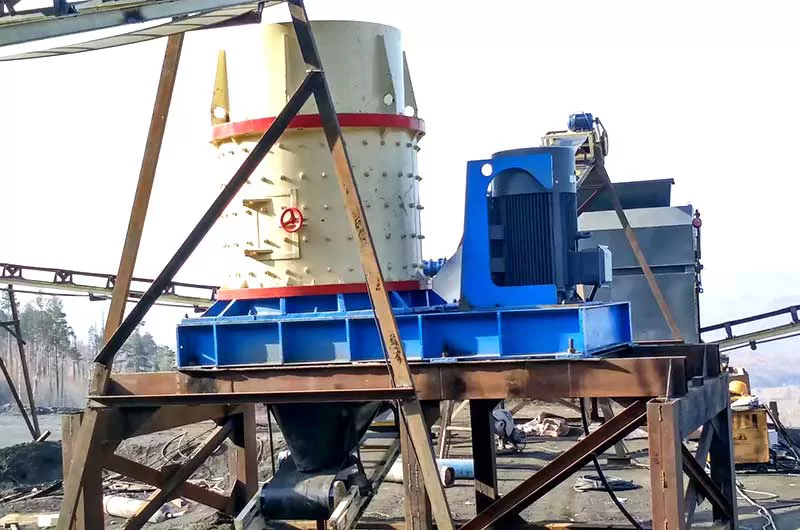
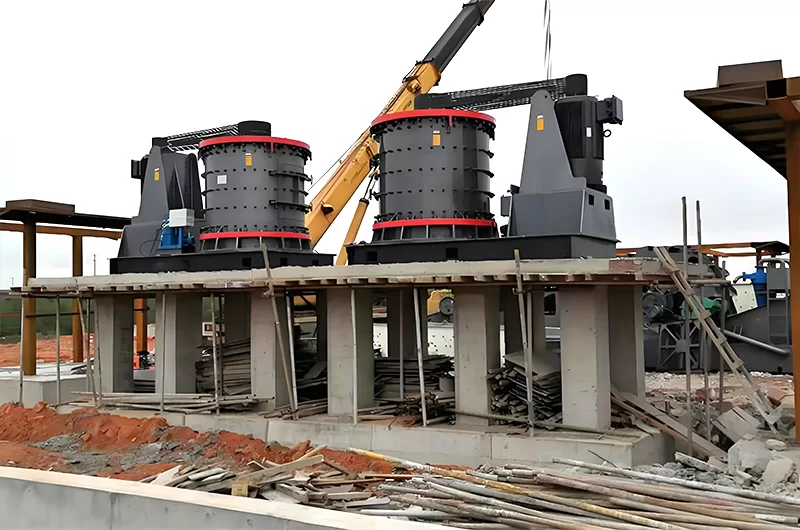
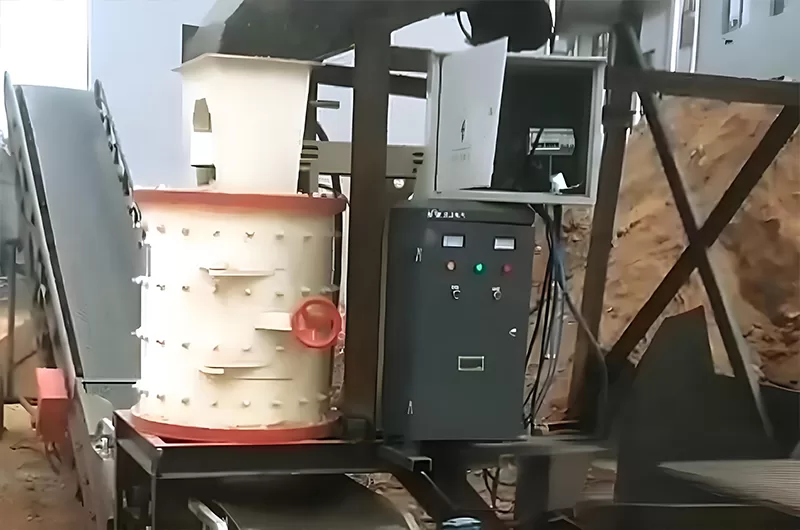
Contesta: Los factores clave que influyen en la separación son el movimiento de la mesa (carrera y frecuencia), el volumen y la pendiente del agua, la velocidad y la concentración de la alimentación y el tamaño y la forma de las partículas del material alimentado. El ajuste adecuado de estos factores es fundamental para una separación eficaz. Las pendientes longitudinal y transversal de la mesa deben controlarse con precisión. La concentración de la alimentación también debe ser la adecuada, normalmente 20-30% para minerales gruesos y 15-25% para minerales finos.
Contesta: El funcionamiento implica observar la superficie de la mesa y ajustar la pendiente, el caudal de agua y la velocidad de avance. El mantenimiento regular incluye la comprobación de piezas sueltas, la lubricación de los componentes móviles, la inspección del desgaste y la limpieza de la superficie de la mesa. El mantenimiento preventivo debe realizarse con regularidad, con intervalos que oscilan entre cada mes y una vez al año.
Contesta: Los problemas más comunes pueden incluir sacudidas de la mesa o cortes entrecortados, distribución desigual del material o separación deficiente. La solución de problemas puede incluir la comprobación de pernos sueltos, muelles dañados o desalineación, el ajuste de la tensión de la correa, la inspección de los componentes eléctricos y la lubricación adecuada. Si hay ruidos extraños, identifique la fuente y elimine el problema.
Contesta:
Ventajas: Las mesas de agitación ofrecen altos índices de enriquecimiento, son relativamente sencillas de manejar y producen zonas de separación visibles, lo que permite ajustarlas y controlarlas fácilmente. Son adecuadas para una amplia gama de tamaños y densidades de partículas.
Desventajas: Suelen tener menor capacidad de producción que otros métodos, como las plantillas o las espirales. También requieren un espacio relativamente grande y consumen una cantidad significativa de agua.
Contesta: La selección depende del material que se procese, del caudal deseado y de la gama de tamaños de las partículas. Los factores a tener en cuenta son la superficie de la plataforma, la longitud de la carrera y el diseño de la canaleta. Se recomienda consultar a un fabricante o experto para determinar la configuración óptima.
